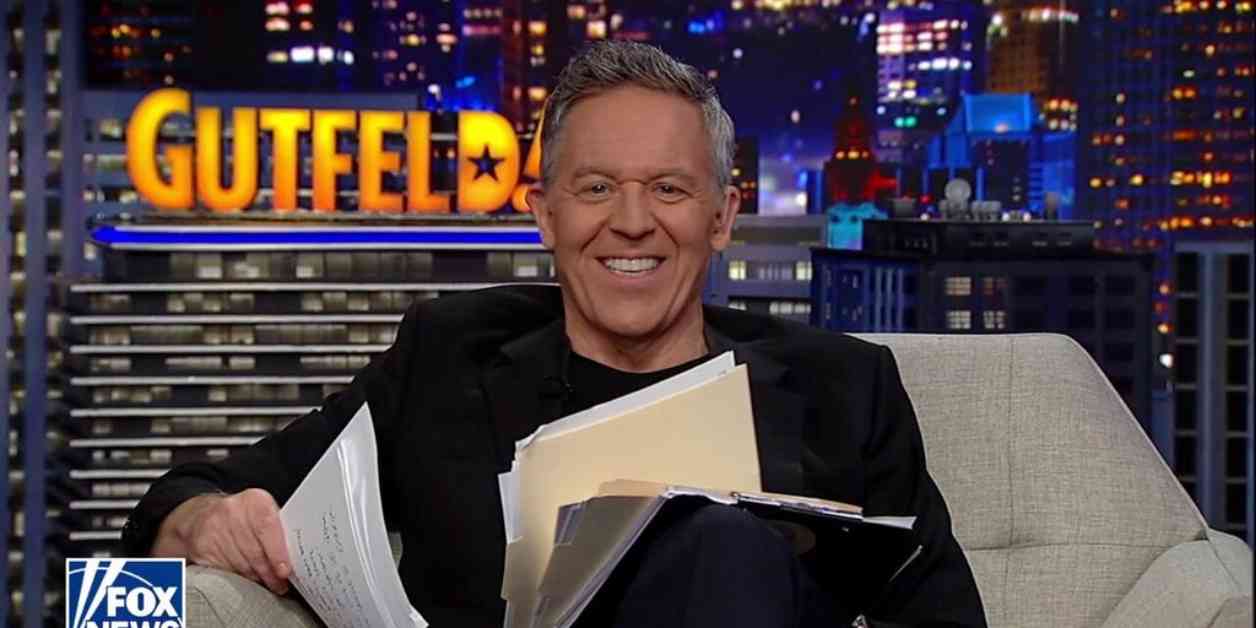Unpacking Greg Gutfeld’s Analysis of Democratic Response to Trump’s Rhetoric
As the news of yet another attempted assassination on Donald Trump emerges, Greg Gutfeld delves into the Democratic response to this alarming event. The failed assassin, Ryan Routh, is revealed to be a registered Democrat with a Biden-Harris sticker on his truck, raising questions about political motivations. However, the mainstream media struggles to find a clear motive, leading Gutfeld to humorously suggest Routh may be a fan of Taylor Swift. This incident once again brings to light the lack of protection and the motivations behind such violent acts, with Gutfeld attributing it all to the mere mention of Trump’s name.
The Lack of Accountability and Responsibility
Gutfeld highlights the lack of accountability in the aftermath of such incidents, referencing the lack of consequences following the Butler incident. He points out that the only person the Democrats removed from the equation after a near-death experience was Joe Biden, shedding light on the chaotic state of leadership within the party. The absence of clear leadership and accountability is identified as a contributing factor to the repeated threats against Trump, with Gutfeld raising concerns about the potential consequences of a successful assassination attempt.
Media’s Role in Shaping the Narrative
The media’s portrayal of Trump and the events surrounding the assassination attempts come under scrutiny by Gutfeld. He criticizes the media’s insincere calls to lower the rhetoric following such incidents, highlighting their shifting narratives and lack of genuine concern. Gutfeld points out the hypocrisy in the media’s coverage, noting how they quickly revert to demonizing Trump despite their earlier calls for unity. The media’s role in shaping public perception and potentially inciting violence is emphasized, with Gutfeld urging for a more responsible approach to reporting.
Political Rhetoric and Its Impact
Gutfeld draws attention to the political rhetoric surrounding Trump and its potential consequences. He discusses the media’s attempts to link Trump’s statements to the assassination attempts, creating a false narrative to justify the violence. Gutfeld challenges the notion that Trump’s words deserve such extreme reactions, highlighting the dangerous precedent this sets for political discourse. The manipulation of information by the media to fit their agenda is critiqued, with Gutfeld calling for a more nuanced approach to analyzing political rhetoric and its impact on society.
In Conclusion
Greg Gutfeld’s analysis sheds light on the complex interplay between political rhetoric, media narratives, and public perception. The lack of accountability, the role of the media in shaping narratives, and the consequences of inflammatory language are all explored in his commentary. As the political landscape continues to evolve, Gutfeld’s insights serve as a reminder of the importance of responsible discourse and critical thinking in today’s society.




